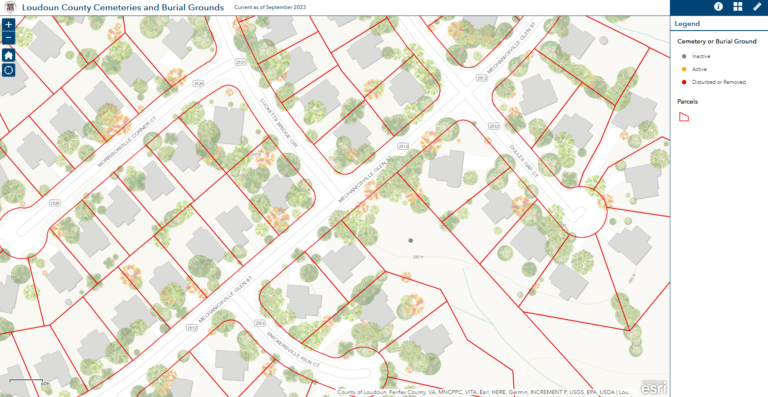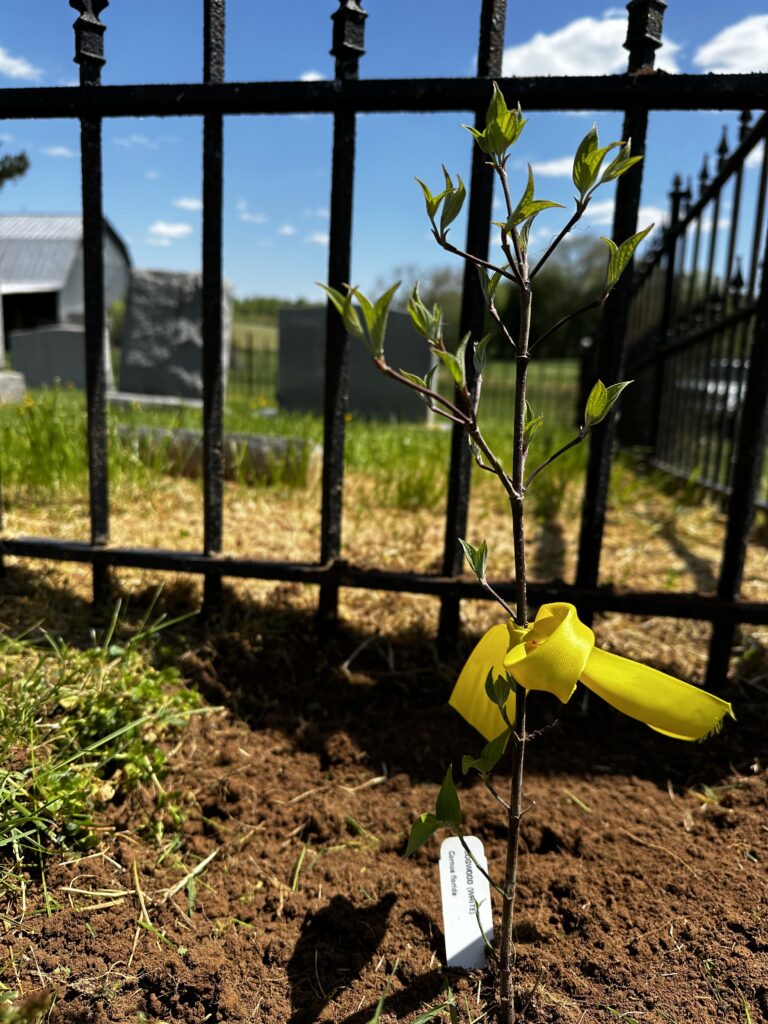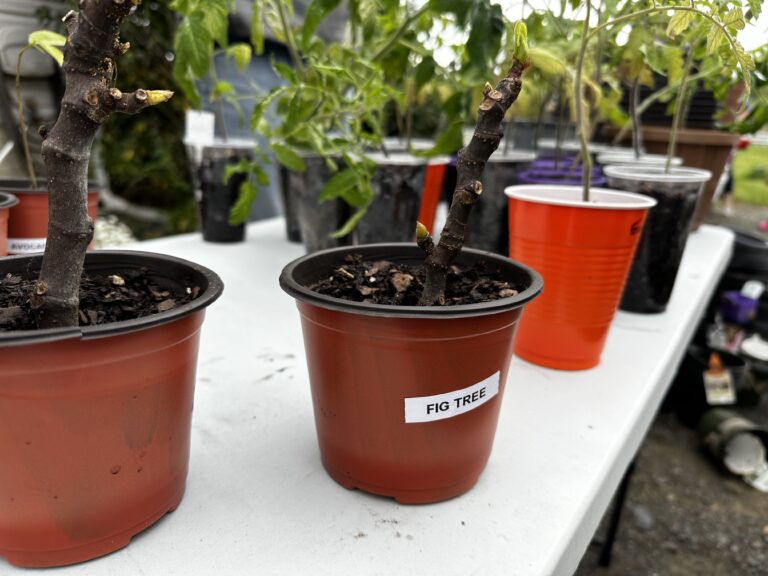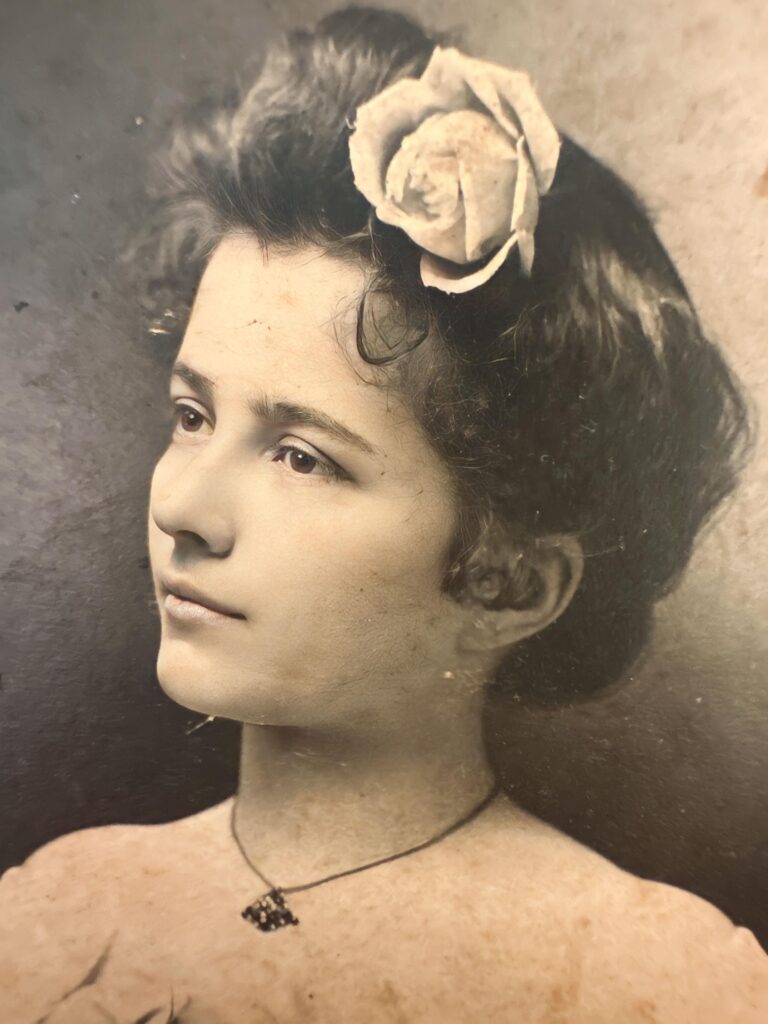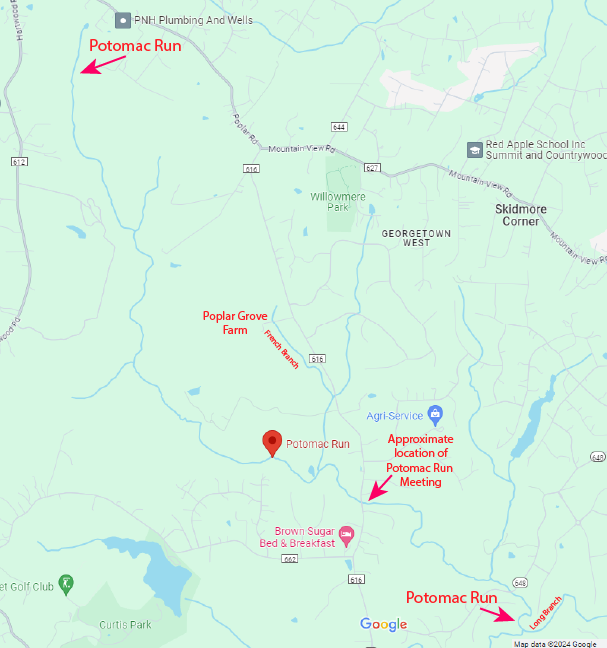While searching through images of Poplar Grove Farm in our records, I found a photograph labeled on the back as coming from the Library of Virginia. It says “Poplar Grove house and farm (no. 2) VHIP/27/0171 All Rights Reserved The Library Of Virginia.” Undated, of course, sigh.
I called the Library of Virginia today, and struck a gold mine! Turns out the WPA did a project documenting important homes and farms in each county, and our farm makes up almost 10% of the images from the Stafford County collection. The Library has four images of our farm from before 1937, which means these images are of the house that burned! I will order high resolution scans, but for now, the poor quality images from the online collection will have to do.
Images of Poplar Grove Farm
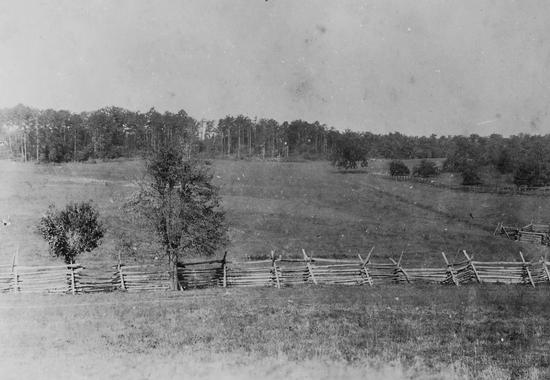
VHIP/27/0170 – Poplar Grove house and farm (no. 1), Heflin, Julia Marie, photographer., Creation Date: March 13, 1937, 1 photographic print : b&w ; 7 x 10 cm.
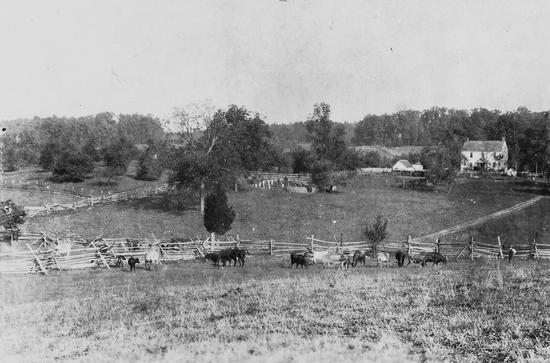
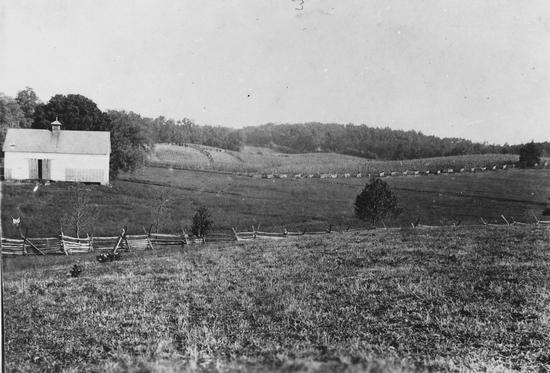
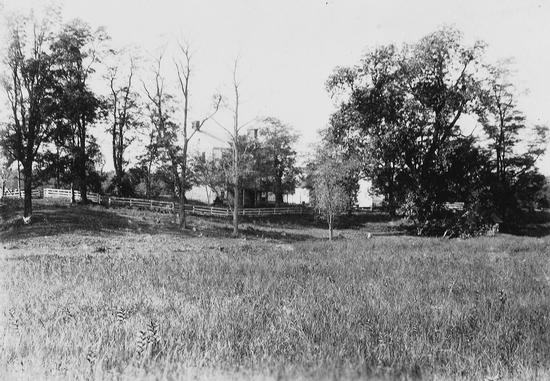
1937 WPA Report on Poplar Grove Farm
Along with the images of Poplar Grove Farm was this report written in 1937 by Julia Marie Heflin:
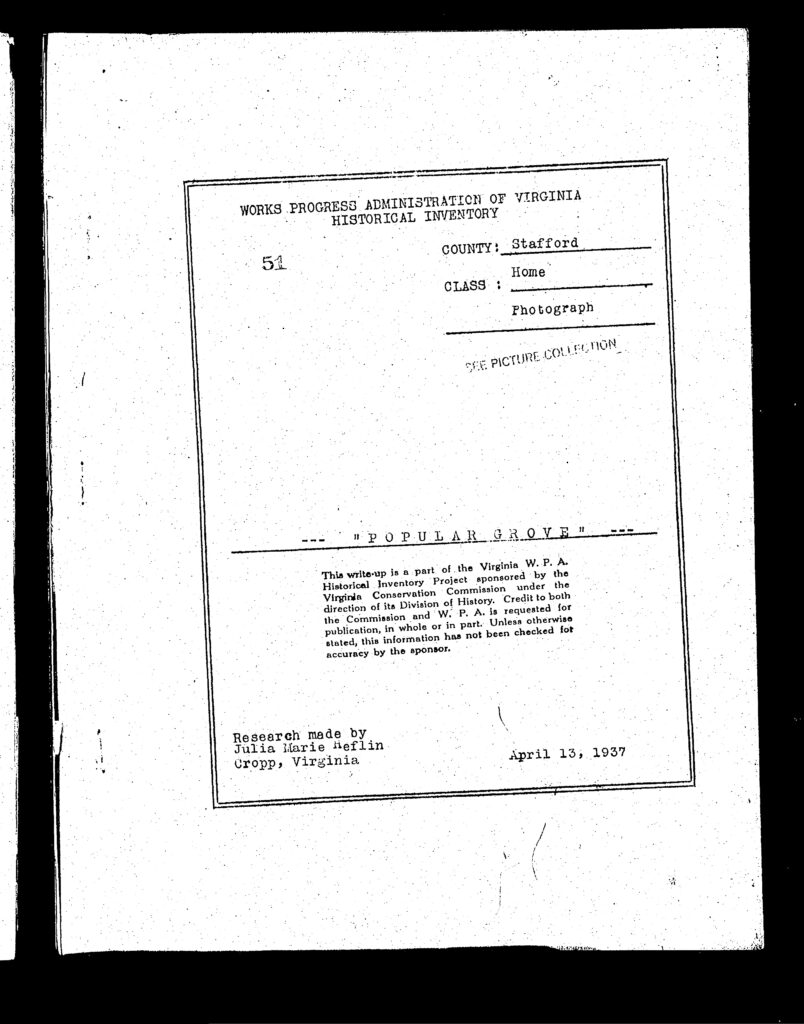
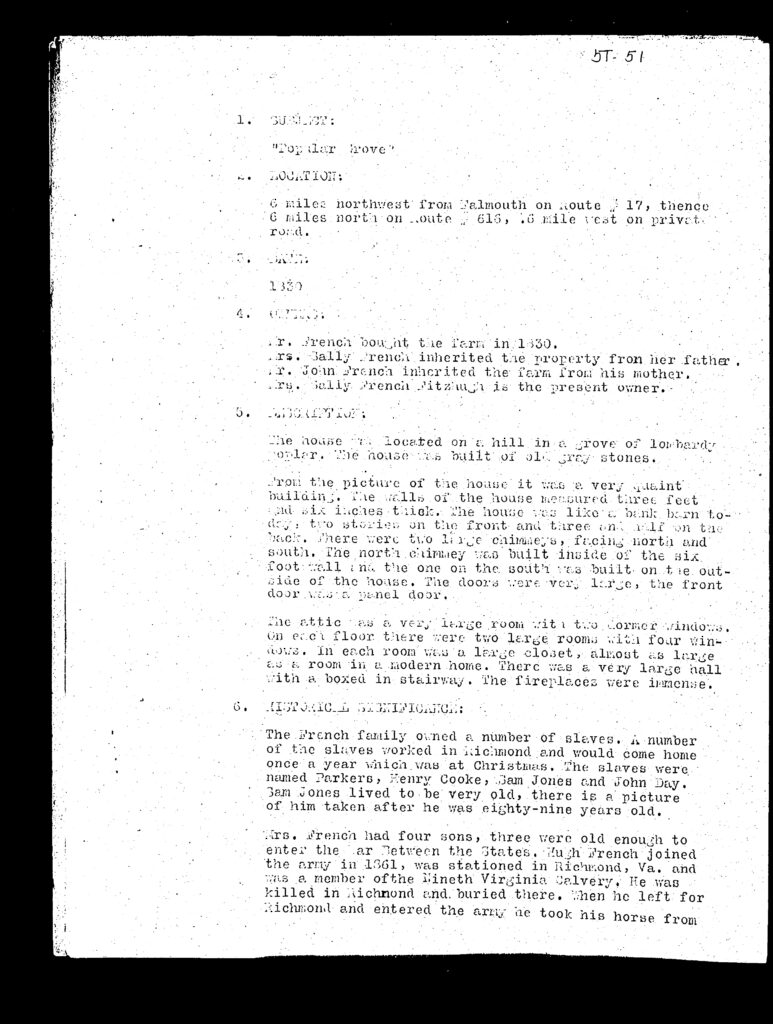
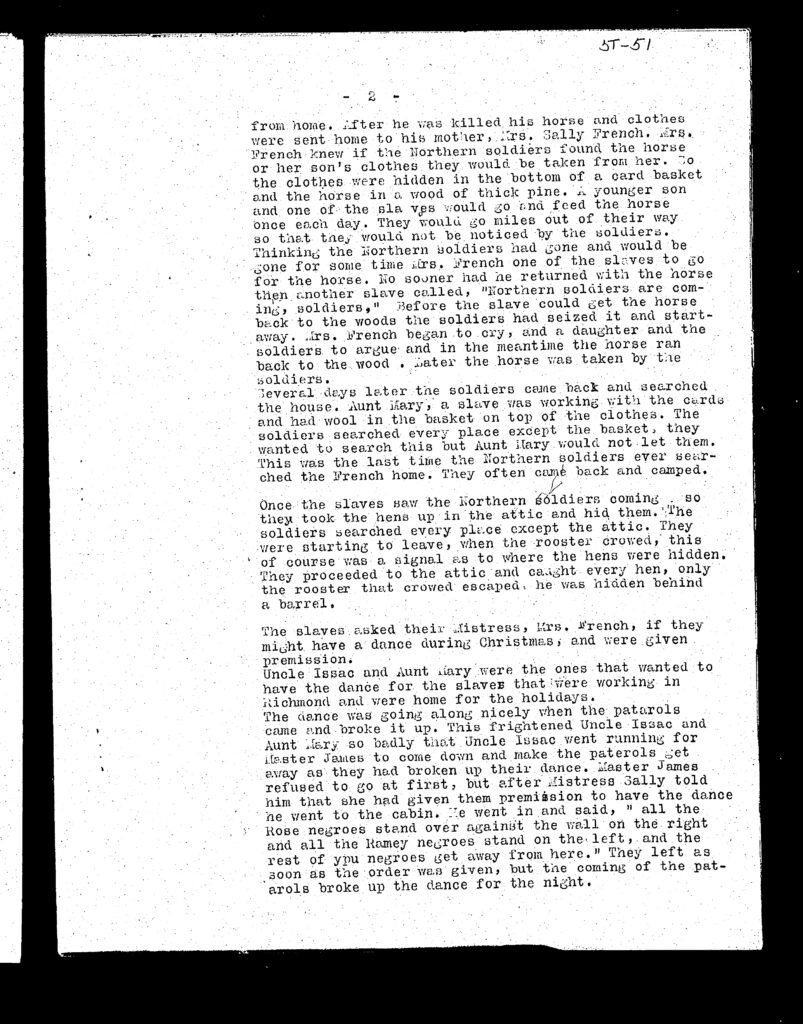
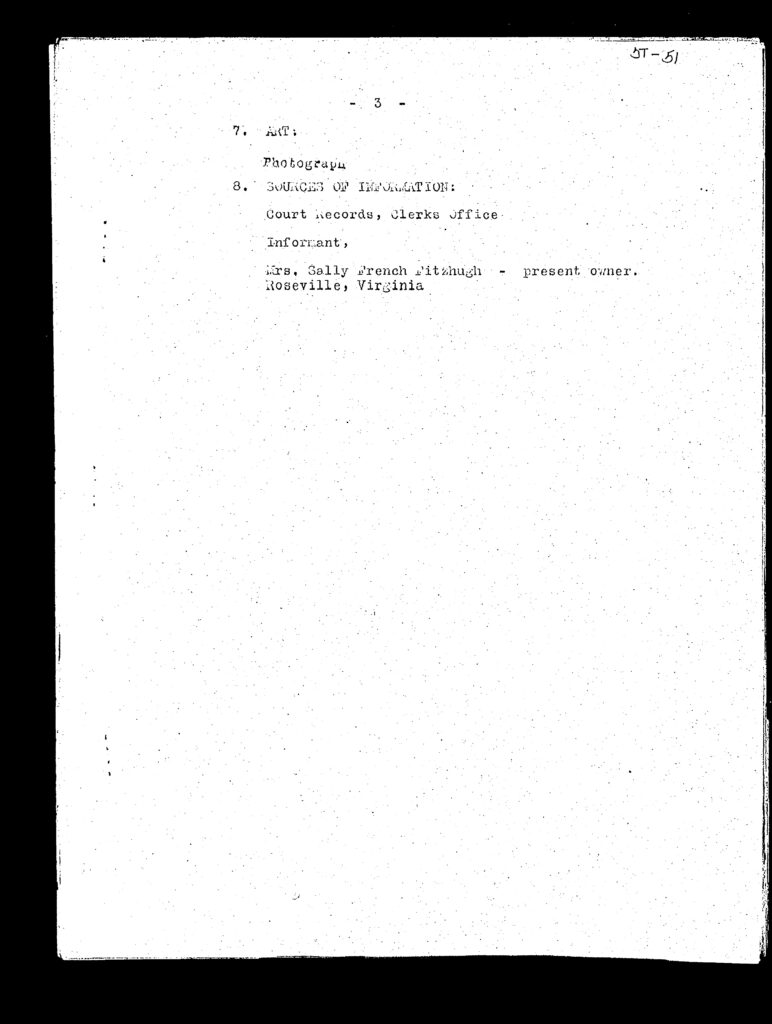
The history reads:
WORKS PROGRESS ADMINISTRATION OF VIRGINIA HISTORICAL INVENTORY
51
COUNTY: Stafford
CLASS: Home
Photograph
SEE PICTURE COLLECTION
“POPULAR GROVE”
This write-up is part of the Virginia W.P.A. Historical Inventory Project sponsored by the Virginia Conservation Commission under the direction of its Division of History. Credit for both the Commission and W.P.A. is requested for publication, in whole or in part. Unless otherwise stated, this information has not been checked for accuracy by the sponsor.
Research made by Julia Marie Heflin Cropp, Virginia
April 13, 1937
- SUBJECT: “Popular Grove”
- LOCATION: 6 miles northwest from Falmouth on Route 17, thence 6 miles north on Route 616, .6 mile west on private road.
- DATE: 1830
- ???: Mr. French bought the farm in 1830. Mrs. Sally French inherited the property from her father. Mr. John French inherited the farm from his mother. Mrs. Sally French Fitzhugh is the present owner.
- DESCRIPTION: The house is located on a hill in a grove of lombardy poplar. The house is built of old gray stones.
From the picture of the house it was a very quaint building. The walls of the house measured three feet and six inches thick. The house was like a bank barn today, two stories on the front and three and a half on the back. There were two large chimneys facing north and south. The north chimney was built inside of the six foot wall and the one on the south was built on the outside of the house. The doors were vary large, the front door was a panel door.
The attic was a very large room with two dormer windows. On each floor there were two large rooms with four windows. In each room was a large closet, almost as large as room in a modern home. THere was a very large hall with a boxed in stairway. The fireplaces were immense. - HISTORICAL SIGNIFICANCE: The French family owned a number of slaves. A number of the slaves worked in Richmond and would come home once a year which was at Christmas. The salves were named Parkers, Henry Cooke, Sam Jones, and John Day. Sam Jones lived to be very old, there is a picture of him taken after he was eighty-nine years old.
Mrs. French had four sons, three were old enough to enter the War Between the States. Hugh French joined the army in 1861, was stationed in Richmond, Va. and was a member of the Nineth Virginia Calvery [sic]. When he left for Richmond and entered the army he took his horse from from [sic] home. After he was killed his horse and clothes were sent home to his mother, Mrs. Sally French. Mrs. French knew if the Northern soldiers found the horse or her son’s clothes they would be taken from her. So the clothes were hidden in the bottom of a card basket and the horse in a wood of thick pine. A younger son and one of the sla ves [sic] would go and feed the horse once each day. They would go miles out of their way so that they would not be noticed by the soldiers. Thinking that the Northern soldiers had gone and would be cone for some time Mrs. French one [sic] of the slaves to go for the horse. No sooner had he returned with the horse then another slave called, “Northern soldiers are coming, solders.” Before the slave could get the horse back to the woods the soldiers had seized it and start-away. Mrs. French began to cry, and a daughter and the solders to argue and in the meantime the horse ran back to the wood. Later the horse was taken by the soldiers.
Several days later the soldiers came back and searched the house. Aunt Mary, a slave was working with the cards and had wool in the basket on top of the clothes. The soldiers searched eery place except the basket, they wanted to search this but Aunt Mary would not let them. This was the last time the Northern soldiers ever searched the French home. They often came back and camped.
Once the slaves saw the Northern soldiers coming, so they took the hens up in the attic and hid them. The soldiers searched every place except the attic. They were starting to leave, then the rooster crowed, this of course was a signal as to where the hens were hidden. They proceeded to the attic and caught every hen, only the rooster that crowed escaped, he was hidden behind a barrel.
The slaves asked their Mistress, Mrs. French, if they might have a dance during Christmas, and were given premission [sic].
Uncle Issac and Aunt Mary were the ones that wanted to have the dance for the slaves that were working in Richmond and were home for the holidays. The dance was going along nicely when the patarols [sic] came and broke it up. This frightened Uncle Issac and Aunt Mary so badly that Uncle Issac went running for Master James to come down and make the paterols [sic] get away as they had broken up their dance. Master James refused to go at first, but after Mistress Sally told him that she had given them the premission [sic] to have the dance he went to the cabin. He went in asn said,”all the Rose negroes stand over against the wall and all the Ramey negroes stand on the left, and the rest of ypu [sic] negroes get away from here. They left as soon as the order was given, but the coming of the patarols broke up the dance for the night. - ART: Photograph
- SOURCES OF INFORMATION: Court records, Clerks Office
Informant,
Mrs. Sally French Fitzhugh – present owner
Roseville, Virginia
Notes:
51 is a reference to the map location of Poplar Grove farm. The website was broken and would not show me a large image of the map, but it is referenced at the Library of Virginia site.
Poplar Grove farm was named after the Lombardy poplar trees planted in the area. Lombardy trees are not native to this area, and they were unusual. I always heard the trees were planted by the Quakers.
Master James is James French, husband of Mistress Sally Curtis French.
We still have the picture of Sam Jones. He is obviously an old man in the black and white photograph, wearing a long trench coat which seems to be brown wool. He is standing out back of the farmhouse at Poplar Grove Farm. He is holding one side of his coat open, and inside one pocket is a liquor bottle. He is grinning. We also have an altered version of this image where Sam’s liquor bottle has been covered up using Photoshop.
Slave patrols were intended to quash rebellion. See https://clcjbooks.rutgers.edu/books/race-crime-policing-in-the-jim-crow-south/
“Rose negroes” probably refers to slaves from the area of Roseville, and “Ramey negroes” to another nearby geographical area, perhaps the area of Ramoth Church. It seems James was sending away party crashers with his orders, at the request of the slaves holding the Christmas party.
